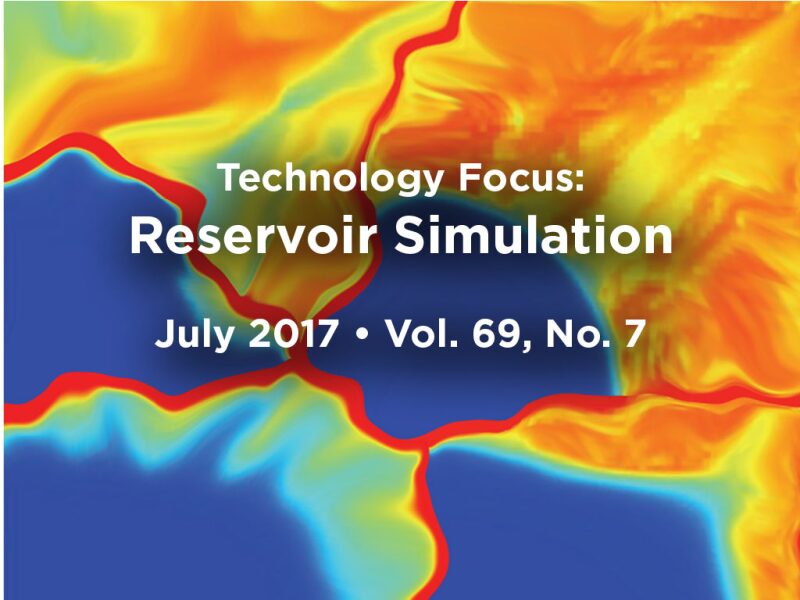Conventional inflow-performance-relationship (IPR) models are used in coupled wellbore/reservoir transient simulations, even if bottomhole-pressure conditions are assumed to be constant on the derivation of such IPR models. The dynamic IPR model proposed in this paper not only captures the relevant reservoir dynamics from the well perspective but also is computationally more efficient than discretized models using hundreds of gridblocks to simulate the near-wellbore region.
Introduction
Traditionally, well deliverability is obtained by combining IPR and vertical-flow-performance (VFP) curves. This method was first discussed in 1954 and provides snapshots of the average-bottomhole-flowing-pressure (Pwf) and average-oil-flow-rate (qo) relationships at given times in the life of the well. It fails, however, in accurately portraying the transient behavior of these variables.


